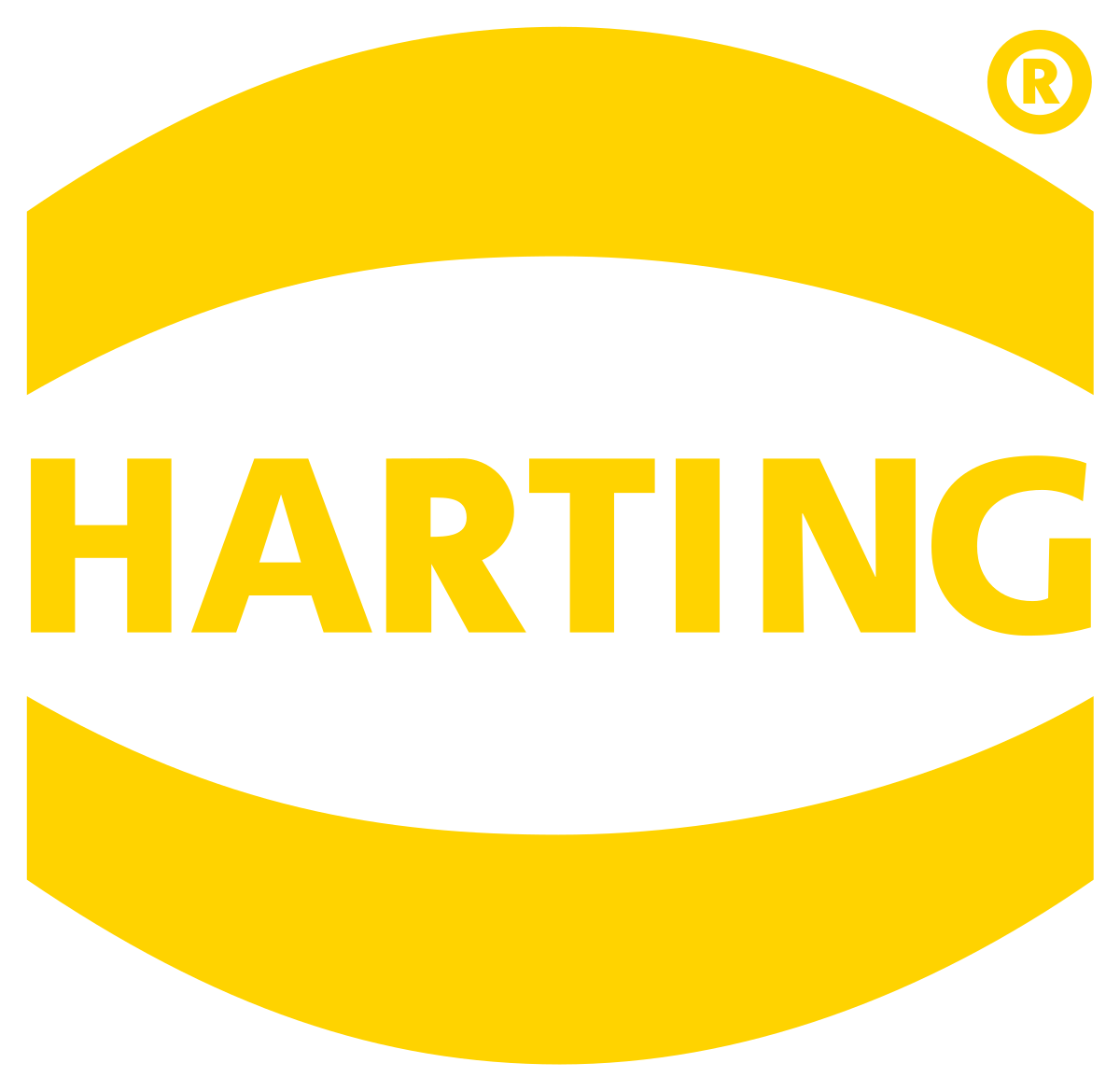Metal Processing
Metal processing is an incredibly important infrastructural need, without these processes, the industrial revolution would have never occurred and the world would look very different to how it does now. With metal fabrication playing such a crucial role for the manufacturing of almost every man-made item; understanding the common processes used to achieve such feats should be considered valuable knowledge. Here we’ll give a brief breakdown of the 14 most common metal fabrication processes.
Bonding - Bonding is the creation of a bond between two pieces of material, hot and cold cure adhesive technology is used to join the pieces together.
Casting - Casting involves pouring molten metal into a cast or mould until it solidifies. Using this method, it is possible to produce a vast range of different shapes and sizes, without the need for welding or bonding materials together, although
CNC Machining - CNC Machining is a process which involves using a machine such as a lathe, or milling machine. It is used to cut away material from a solid piece. A lathe rotates the material, directing it towards the cutting tool to achieve the desired cut. Milling uses rotary cutters to remove material from a workpiece, allowing for varying speeds, pressures and gauges of the cutting tool.
Cutting - Often the first step in the fabrication process; cutting takes pre-shaped metal, or sheet metal and forms cuts, dividing the sheet metal into smaller sections. There are various methods for cutting sheet metal, each offering slightly different benefits depending on the application. Some methods for cutting sheet metal include; laser cutting, plasma cutting, water-jet cutting, flame-cutting.
Drawing - Drawing is a process used on material such as glass, metal or plastic. Drawing pulls a material through a die to stretch it out. The material is stretched longer which reduces its diameter, until the material is the desired size and shape.
Extrusion - Extrusion is a metal forming process which involves pushing a piece of material through or around a die using a mechanical or hydraulic press. This method allows the formation of complex cross-sections in a piece of material. The process can be formed hot or cold.
Forging - One of the oldest metal manufacturing processes; It uses compressive force to strike metal into the desired shape. Typically, forging is performed on glowing red-hot metal, however, cold forming is a process that squeezes metal between two dies.
Forming - Forming is the process of altering the shape of material through mechanical deformation.
It shapes the material without adding or removing any mass from the workpiece.




_1679647973.png)













